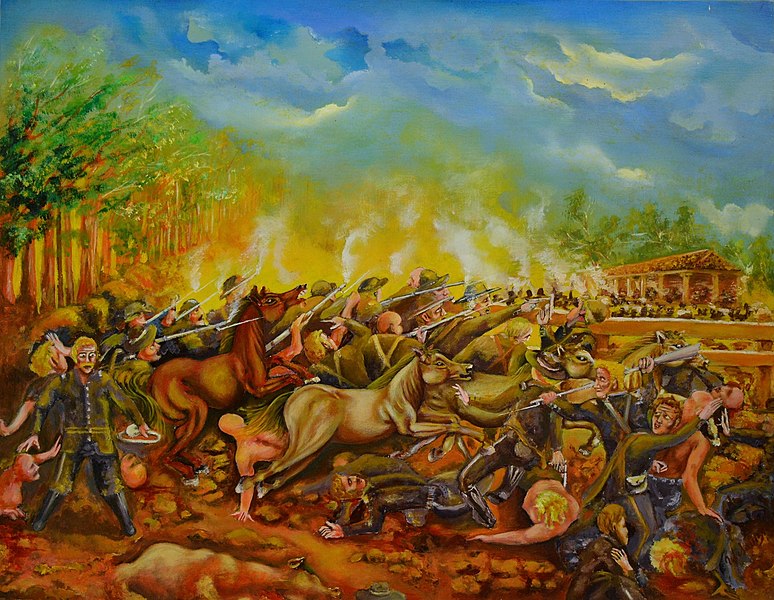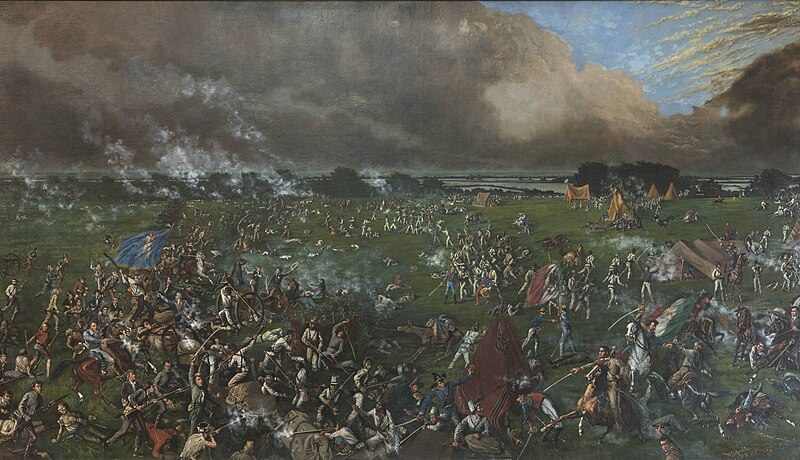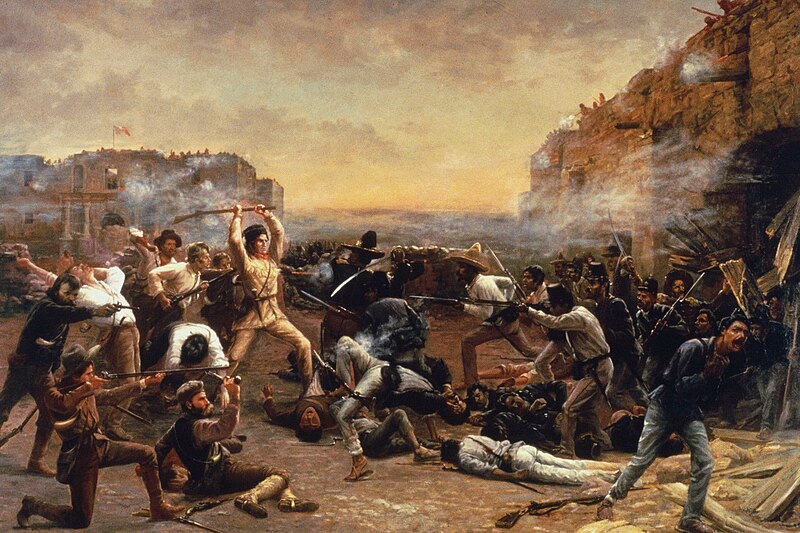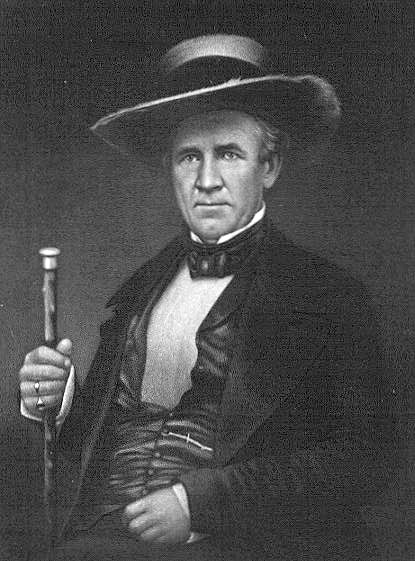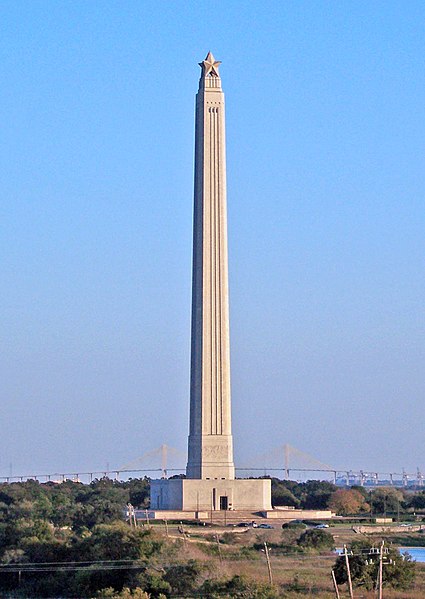The Battle of San Jacinto stands as a pivotal moment in American history, where a small but determined Texian army achieved a resounding victory over Mexican forces. This triumph not only secured Texian independence but also significantly impacted the geopolitical landscape of North America. In this article, we will delve into the details of the Battle of San Jacinto, along with its legacy and historical significance.
Overview of the Battle of San Jacinto
On April 21, 1836, the Battle of San Jacinto marked the final and decisive engagement of the Texas Revolution. Despite its brevity – lasting just 18 minutes –the significance of this battle cannot be overstated. The Texan victory at San Jacinto had far-reaching consequences, as it secured Texas’ independence from Mexico and paved the way for the ongoing westward expansion of the United States.
The triumph at San Jacinto propelled Texas towards independence and set in motion a series of events that shaped the course of American history. In 1845, the United States annexed Texas as its 28th state, a move that directly triggered the Mexican-American War. The conclusion of this conflict resulted in Mexico ceding vast territories, including the American Southwest and California, to the United States.
Background
After Mexico gained independence from Spain in 1821, the newly established Republic of Mexico actively encouraged American immigrants to settle in Texas, which was part of the Mexican State of Coahuila y Tejas. In an effort to attract settlers, the Mexican government offered affordable land prices to Americans.
By 1830, the population of American settlers in Texas had grown to approximately 25,000, significantly outnumbering the Mexican population. This demographic shift raised concerns within the Mexican government as they sought to protect their claims to the frontier lands in the region. Tensions escalated when the Mexican government imposed a ban on further American immigration to Texas in 1830.
Over the following five years, both American and Mexican Texans became increasingly dissatisfied with the Mexican government. Some American settlers objected to Mexico’s prohibition of slavery, while others were discontented with the lack of rights they had enjoyed in the United States, such as trial by jury and freedom of religion.
Furthermore, conflicts arose when the Mexican government raised property taxes and imposed tariffs on goods imported from the United States. In 1835, newly elected Mexican President Antonio Lopez de Santa Anna dissolved Mexico’s federal Constitution of 1824, centralizing power and eliminating Mexico’s Congress and state legislatures. This drastic change in the Mexican government caused outrage among Texans of both American and Mexican heritage.
In October 1835, Texans of mixed ancestry organized a rebellion against the Mexican government, marking the beginning of the Texas Revolution. Five months later, on March 2, 1836, delegates signed the Texas Declaration of Independence, which echoed American democratic principles and paralleled the United States Declaration of Independence. This significant event formalized the establishment of the Republic of Texas as an independent entity separate from Mexico.
However, March 1836 proved challenging for General Sam Houston, the Commander-in-Chief of the Texas forces. Mexican General Antonio Lopez de Santa Anna had three armies, totaling around 5,500 men, advancing northward to suppress the rebellions.
Buildup and Prelude to Battle
Throughout the month, Santa Anna’s forces inflicted casualties and defeat on the Texan settlements of San Antonio de Bexar, Agua Dulce, Refugio, and Victoria. The most devastating losses occurred during the massacres at the Alamo on March 6 and Goliad on March 27. These brutal acts enraged and terrified Houston’s troops. Some soldiers fled to protect their families from the approaching Mexican army, a period known as the “Runaway Scrape,” while others remained fueled by a desire for revenge.
In the aftermath of the Alamo’s destruction and the massacre of unarmed Texans at Goliad, the citizens of the newly formed Republic of Texas were filled with fury. Volunteer companies swiftly rallied to join General Samuel Houston’s expanding Texas army, while Mexican General Santa Anna mobilized his forces with the intention of crushing the Texan rebels.
The Battle Unfolds
Aware of the limitations of his small army and scarce provisions, General Sam Houston made a calculated decision to execute a strategic retreat to the east throughout the month of March. During this period, he focused on training newly recruited soldiers and instilling a sense of discipline among them.
By April 18, Houston’s strategic instincts came into play as captured Mexican documents revealed critical information about General Santa Anna’s army. According to the intercepted documents, Santa Anna had isolated himself from the majority of his troops, leaving him with only around 750 men—slightly fewer than Houston’s own force of 820 men. Furthermore, it was discovered that Santa Anna intended to pursue interim Texas President David G. Burnet and other government officials who had evaded him in the town of Harrisburg, located approximately 11 miles west of the San Jacinto Battleground.
Foreseeing Santa Anna’s likely move across the San Jacinto River, where it converges with Buffalo Bayou at Lynch’s Ferry, Houston seized the opportunity. With newfound confidence, Houston and his troops crossed south of Buffalo Bayou and positioned themselves near Lynch’s Ferry. Houston established a camp in the nearby woods, just north of the ferry, strategically waiting for Santa Anna’s anticipated arrival on the morning of April 20, 1836. This carefully chosen location provided Houston’s forces with a favorable position to confront and engage the Mexican army.
As anticipated, on April 20, 1836, General Santa Anna positioned his camp near the confluence of the San Jacinto River and Buffalo Bayou, slightly to the south and east of General Houston’s forces. Santa Anna attempted to probe the Texan position, and there was an exchange of artillery fire. By the morning of April 21, Santa Anna’s troops swelled from 600 to 1,200 men as reinforcements, led by Santa Anna’s brother-in-law, arrived by crossing the bridge over the Brazos River. Expecting an attack from Houston’s forces on the morning of the 21st, Santa Anna allowed his new and tired Mexican soldiers to relax, eat, and rest.
General Houston was disheartened by the arrival of Santa Anna’s reinforcements and promptly ordered the destruction of the bridge over the Brazos River. This strategic move aimed to prevent further bolstering of the Mexican troops and eliminated the possibility of retreat for both the Mexican and Texan armies.
The Mexican troops relaxed even further when Texans didn’t attack in the morning. In the meantime, a Texan council of war voted to strike, and Houston devised a risky battle plan by that afternoon. He dispatched three forces: the primary frontal force advanced silently, hoping to catch the Mexican army off guard, while two other forces maneuvered around the left and right flanks of the Mexican camp. Houston’s men stealthily closed in on the Mexican camp and were within 200-300 yards when discovered by the Mexican forces. At that moment, Houston’s artillery opened fire.
After days of retreat, Houston’s men relished the attack and took the Mexican camp by surprise as their opponents were taking their siesta. The surprise daylight assault caught the Mexican forces off guard, leaving them little time to respond. Legend has it that Santa Anna was slow to respond to the attack because he was romantically involved with a woman that afternoon, but that account was probably fictional.
The Texans fired at close range and rolled over the hasty Mexican breastworks. Mexicans’ defense collapsed as panicked soldiers tried to flee the cavalry across the marshes. During the attack, the Texans fervently chanted, “Remember the Alamo! Remember Goliad!” In a swift and intense battle that lasted a mere 18 minutes, the remaining Mexican army surrendered. During the battle, Santa Anna slipped away in a private’s uniform. The search party – who found him dirty and wet and hiding in the grass – didn’t recognize him until he was addressed as “el president” by the other Mexican prisoners.
Within 24 hours, some of the Mexican losses amounted to 630 killed, 208 injured, and 730 taken prisoner, including Santa Anna himself. On the other hand, the Texan casualties were nine deaths and around 30 wounded in a heavily lopsided victory. Houston’s ankle was shattered, and the Texans captured a large supply of horses, pistols, sabers, muskets, mules, clothing, tents, $12,000 in silver, and other provisions.
Texian Victory and Aftermath
After the decisive defeat at the Battle of San Jacinto, General Santa Anna ordered his troops to withdraw from Texas. The Texan forces achieved a significant victory, capturing Santa Anna himself on the following day while he was disguised as a Mexican private. This capture held immense symbolic importance.
On May 14, 1836, interim Texas President David G. Burnet and Santa Anna signed the public and private treaties of Velasco. These treaties confirmed the Mexican retreat from Texas and marked the official end of the war. However, it is important to note that Mexico did not formally recognize Texas’ independence until the Treaty of Guadalupe Hidalgo concluded the Mexican-American War in 1848.
The Treaty of Velasco solidified the Texan victory and brought an end to the immediate hostilities, ensuring the withdrawal of Mexican forces from Texas soil. Nevertheless, it took further diplomatic negotiations and the resolution of the Mexican-American War for Mexico to fully acknowledge the independence of Texas through the Treaty of Guadalupe Hidalgo.
Legacy and Historical Significance
The Battle of San Jacinto was one of the most decisive battles in world history. The freedom of Texas from Mexico led to annexation and the Mexican-American war, which resulted in the United States acquiring the states of Texas, New Mexico, Nevada, California, Arizona, Utah, and parts of Colorado, Kansas, Oklahoma, and Wyoming. Because of this battle, almost one-third of the present area of the American nation – nearly a million square miles of territory – changed their sovereignty.
Today, the San Jacinto Battleground State Historic Site and Monument stands as a testament to the significance of the Battle of San Jacinto. This preserved site commemorates the Texans’ remarkable victory over Mexico and acknowledges the enduring impact of the battle on the history of the United States. Recognized as a National Historic Landmark, the San Jacinto Battlefield serves as a poignant reminder of the sacrifices and profound changes brought about by this pivotal moment in American and Texan history.
The Monument, constructed between April 21, 1936, and April 21, 1939, stands as a commemoration of the brave soldiers of the Battle of San Jacinto and all those who contributed to Texas’ independence. Atop the Monument, a prominent star symbolizes the Lone Star State, while intricate friezes adorning the base depict eight significant periods in the history of the Republic of Texas. Within the base, the San Jacinto Museum of History offers a wealth of information about the historic battle, the vibrant history of Texas, and the broader context of the Spanish Southwest. Beyond its educational role, the museum fosters a spirit of friendship and collaboration among Texas, Mexico, Spain, France, and Latin America.

